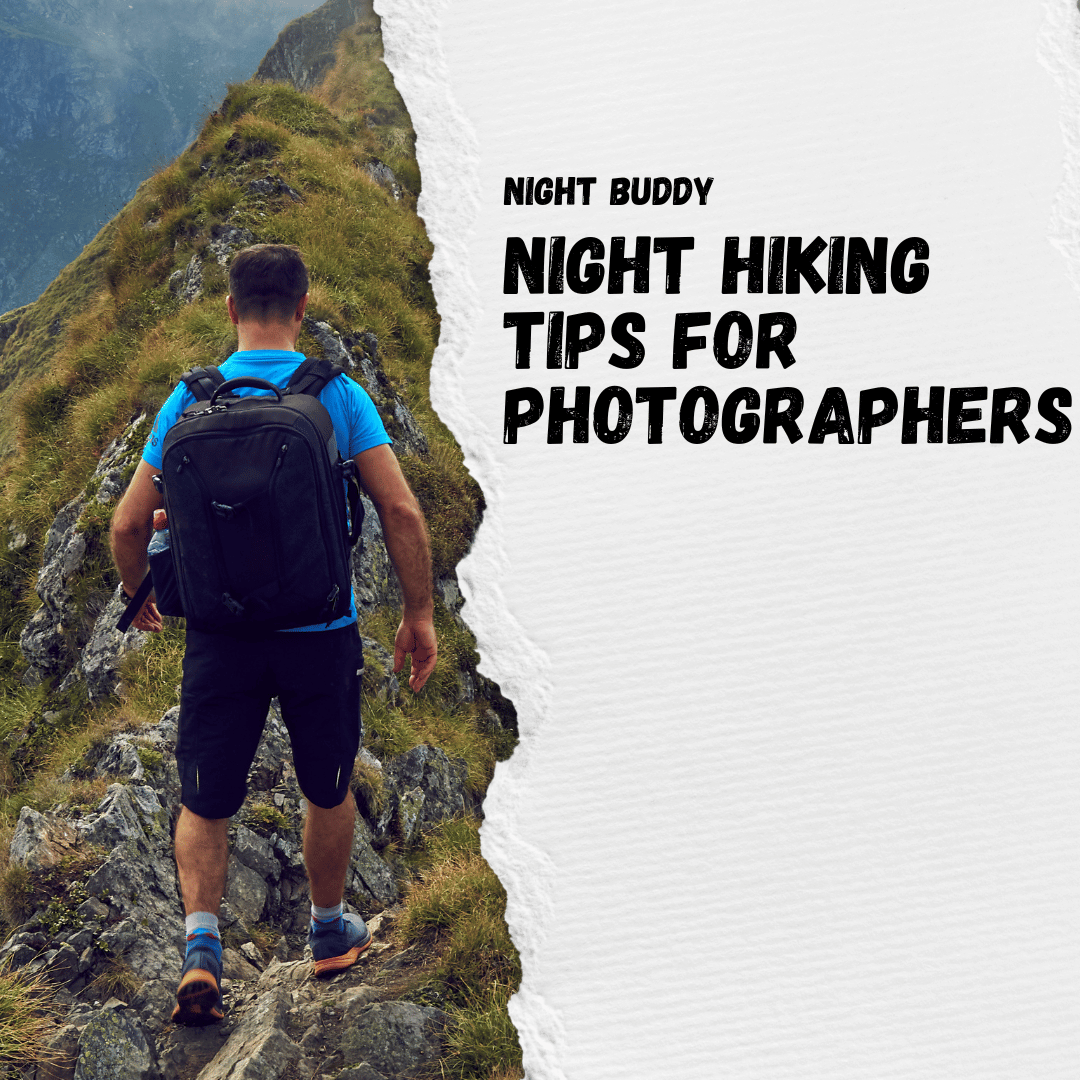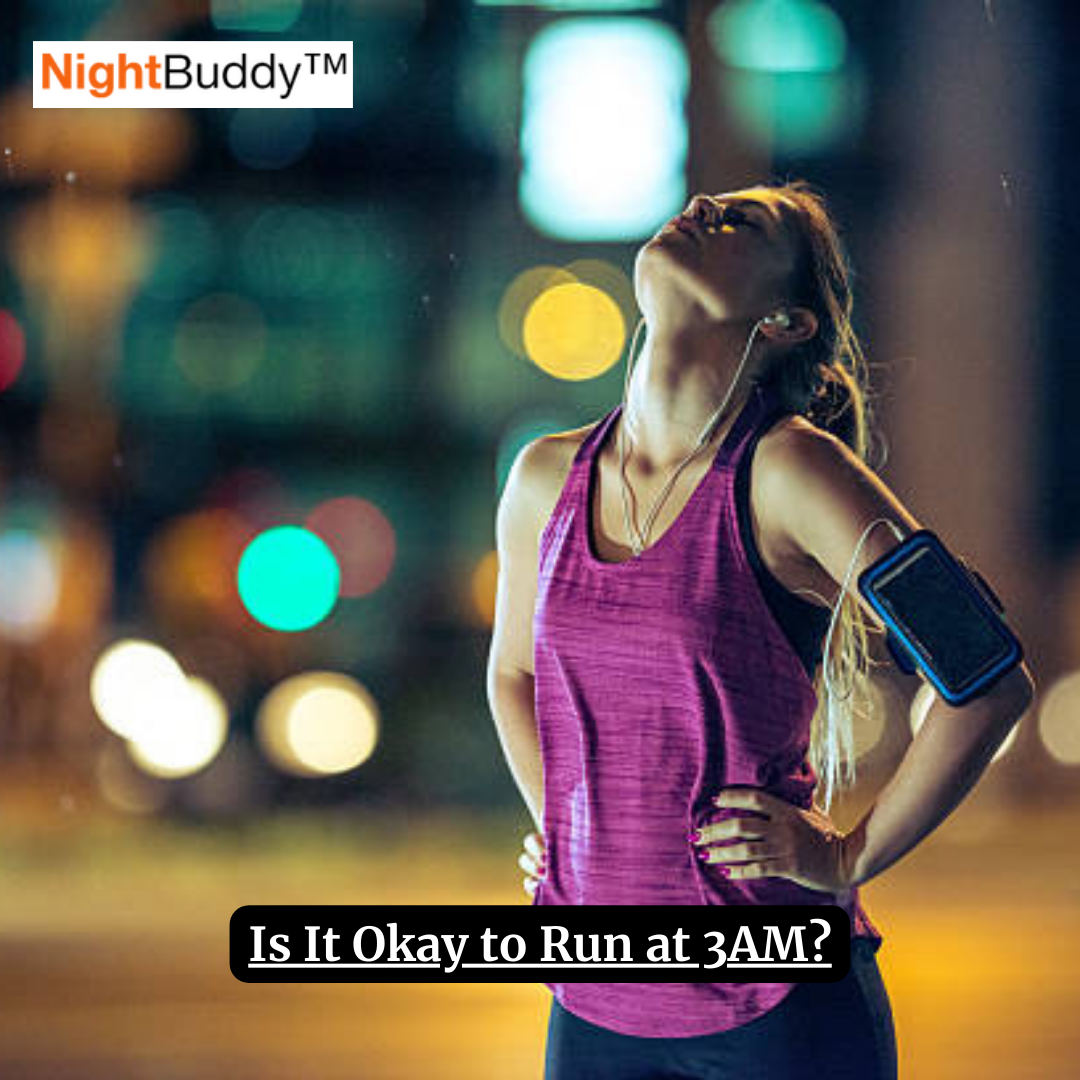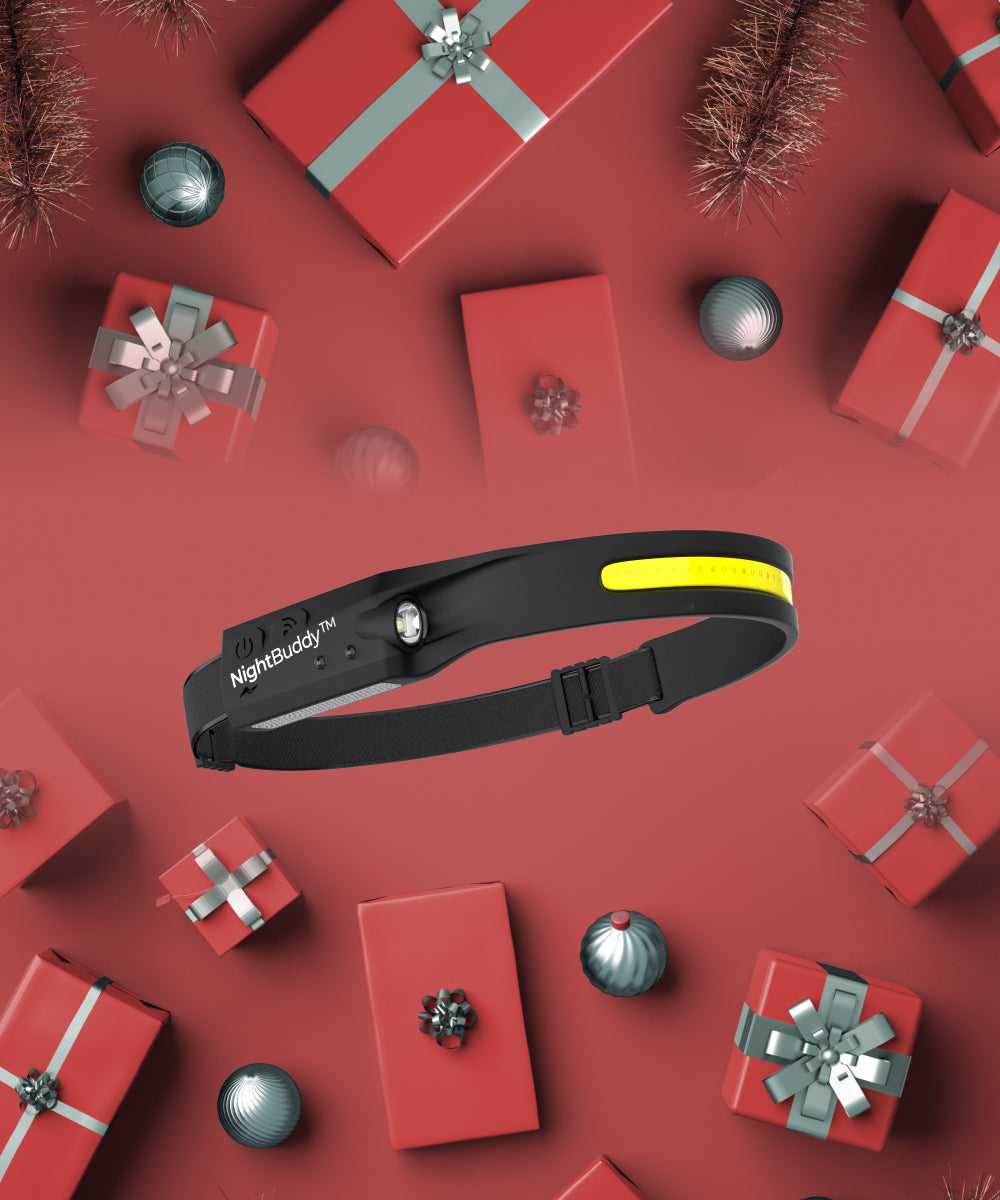When most people think of hiking, they imagine daytime adventures under the bright sun. However, there is a certain allure to hiking at night, especially for photographers.
The darkness provides a unique canvas for capturing the stars, the moon, and the city lights from a different perspective. But before you embark on a night hike with your camera, there are a few things to keep in mind.
Remember, safety should always be your top priority!
Night hiking has a lot of benefits, but can be more dangerous than daytime hiking, as visibility is limited and the terrain can be more challenging.
Also!
Be sure to bring a headlamp or flashlight and wear sturdy shoes with good traction, and let someone know where you are going and when you expect to return.
It's also a good idea to hike with a buddy or a group for added safety.
Let the Night Buddy team take you through some tips!
Why Hike at Night?
Why Hike at Night?
Hiking at night provides an unparalleled opportunity to observe nature in a special way. With the sun gone and the darkness of night setting in, it can be easy to forget you are even in a city.
Here's the thing..
The night sky is full of stars, planets, and galaxies that many don’t get the chance to witness in their day-to-day-time hiking is typically hot and sweaty, but night time hikes are much cooler and offer a more peaceful atmosphere, sounds bliss right?
The sounds of nature can be heard more sharply in the night air, and animals that you would never spot during the daytime may come out to forage or hunt.
Also, many photographers find that the lack of light reveals a different kind of beauty. The stars and night sky become more visible, and the city lights create a unique atmosphere that can be difficult to capture in the daytime.
#1 Choosing the Right Trail
When it comes to night hiking, choosing the right trail is crucial.
You want to make sure that the trail is safe and suitable for night hiking, right? Safety comes first!
Here are some of our favorite tips to help you choose the right trail:
-
Research the trail: Before you head out, do some research on the trail you plan to hike. Look for information on the trail's difficulty level, length, terrain, and any potential hazards. This will help you determine if the trail is suitable for night hiking.
-
Choose a well-traveled trail: Opt for a trail that is well-traveled and has a clear path. This will make it easier for you to navigate the trail in the dark. Avoid trails that are overgrown or have obstacles that could trip you up.
-
Consider the moon phase: The amount of moonlight can make a big difference in your night hiking experience. If you're new to night hiking, start with a trail that has a full moon. This will provide plenty of light to see by and make it easier to navigate the trail.
-
Check the weather: Make sure to check the weather forecast before you head out. Avoid hiking on trails that are icy, muddy, or have other hazardous conditions. If the weather is bad, it's best to wait for another night.
-
Bring a map and compass: Even if you're familiar with the trail, it's always a good idea to bring a map and compass. This will help you navigate the trail if you get lost or disoriented.
By following these tips, you can choose the right trail for your night hiking adventure. Remember to always prioritize safety and be prepared for any potential hazards.
#2 Preparing For Your Night Hike
Before you head out on a night hike, it's important to make sure you have all the necessary gear and equipment. Here are some tips to help you prepare for your adventure.
Safety Tips
Night hiking can be an exhilarating experience for photographers, but it's important to prioritize safety. Here are a few tips to keep in mind:
-
Bring a headlamp or flashlight. It's essential to have a reliable light source when hiking at night. Make sure your headlamp or flashlight has fresh batteries and bring extras just in case.
-
Wear appropriate footwear. Choose sturdy, comfortable shoes with good traction. Avoid sandals or open-toed shoes, which can leave your feet vulnerable to injury.
-
Stay on the trail. It's easy to get disoriented in the dark, so it's important to stick to marked trails. Going off-trail can lead to dangerous situations, like getting lost or injured.
-
Tell someone your plans. Before you head out, let someone know where you're going and when you expect to return. This way, they can alert authorities if you don't come back on time.
-
Watch your step. Night hiking can be challenging, especially if you're not used to it. Take your time and watch your step to avoid tripping or falling.
-
Bring a first aid kit. Accidents can happen, so it's a good idea to bring a basic first aid kit with you. Include items like bandages, antiseptic wipes, and pain relievers.
By following these safety tips, you can enjoy a safe and memorable night hiking experience as a photographer under the stars!
Camera Equipment
As a photographer, you'll also need to bring some specialized equipment to capture the beauty of the night sky.
Here are some items to consider:
- Tripod: A sturdy tripod is essential for capturing sharp photos in low light conditions. Look for a lightweight and portable option that's easy to carry on your hike.
- Wide-angle lens: A wide-angle lens will allow you to capture more of the night sky in a single frame. Look for a lens with a fast aperture (f/2.8 or faster) to let in more light.
- Remote shutter release: A remote shutter release will help you avoid camera shake and capture sharp photos. Look for a wireless option that's easy to use in the dark.
- Extra batteries and memory cards: You'll likely be taking a lot of photos on your night hike, so make sure to bring extra batteries and memory cards to avoid running out of power or storage space.
By packing the right gear and equipment, you'll be well-prepared for your night hike and ready to capture some stunning photos of the night sky.
#3 Photography Techniques
When it comes to night hiking, photography can be a challenging but rewarding experience. Here are some photography techniques that can help you capture stunning night photos.
This article explains it pretty well
Camera Settings
First, set your camera to manual mode to have full control over your settings. Here are some recommended settings:
- ISO: Set your ISO to a low value, such as 100-400, to reduce noise in your photos.
- Aperture: Use a wide aperture, such as f/2.8 or wider, to let in more light and create a shallow depth of field.
- Shutter speed: Use a slow shutter speed, such as 15-30 seconds, to capture more light and create beautiful star trails.
It's important to note that these settings may vary depending on the lighting conditions and your camera's capabilities. Experiment with different settings to find what works best for you.
Composition Tips
Composition is key in night photography. Here are some tips to help you create stunning compositions:
- Use leading lines: Look for natural lines in the landscape, such as trails or tree branches, to lead the viewer's eye through the photo.
- Frame your subject: Use natural elements, such as trees or rocks, to frame your subject and create a sense of depth.
- Experiment with foreground: Include interesting foreground elements, such as rocks or plants, to add depth and interest to your photo.
- Use the rule of thirds: Divide your frame into thirds both horizontally and vertically, and place your subject at one of the intersections to create a balanced composition.
Remember to take your time and experiment with different compositions. Don't be afraid to try something new and get creative with your shots.
Night time is the perfect time for it!
Embarking On Your Night Hike
Night hiking can be a thrilling and rewarding experience for photographers. However, it can also be dangerous if you are not properly prepared.
By following the tips outlined in this article, you can ensure that your night hikes are safe and successful.
Remember to always check the weather forecast and bring appropriate clothing and gear. Make sure you have a reliable light source and extra batteries.
Also...
Plan your route ahead of time and let someone know where you will be hiking.
When it comes to photography, experiment with different settings and techniques to capture the beauty of the night sky. Use a tripod to keep your camera steady and consider using a remote shutter release to minimize camera shake.
Don't forget to take breaks and enjoy the experience.
Night hiking can be a peaceful and meditative activity, allowing you to connect with nature in a unique way!
So grab your gear and hit the trail – the night is waiting for you!





Leave a comment
This site is protected by hCaptcha and the hCaptcha Privacy Policy and Terms of Service apply.